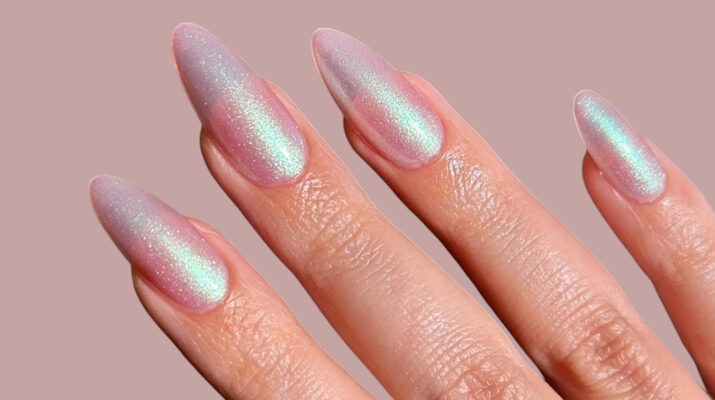How to maintain healthy fingernails
By Deborah Jeanne Sergeant
Many women love the look of long, elegant salon nails. The colors, shapes, styles, designs and ornaments are endless. Plus, a salon appointment offers pampering every few weeks.
What woman doesn’t want to feel a little spoiled? Manicures look great. However, it can lead to health risks without a few precautions.
Melissa Sicurella, board-certified family nurse practitioner and doctor of nursing practice at Neiman Dermatology in Buffalo, encourages women to assess their nails regularly.
“Take a look and see if there’s anything irregular,” she said.
Look for traits like discoloration, malformations, brittleness, peeling, cracks, yellowing, darkening, trauma to the area and bleeding on the skin and cuticle. Sometimes, these can indicate health problems.
“Let a healthcare provider know if there are any concerns with the nail itself,” she added.
Other times, irregularities can mean you’ve worn artificial nails too much.
“Make sure you take breaks in between getting the nails done to allow the nails to recover,” Sicurella said. “The polish and chemicals used can cause breakdown to the nails. There’s no set recommendation but at least wait a good month or two to allow the nail to rebuild. A professional should take off that nail polish as that could cause damage. One can apply a nail strengthener to the nails between polish changes.”
Gel manicures provided at salons are very popular and offer a lasting manicure. However, Sicurella said that the light used to cure the nails exposes the hands to UV light. That’s why she recommends using SPF 30 or higher on the hands to protect the skin against premature aging and skin cancer. Gloves without fingertips may also help.
At-home manicures with nail enamel or lacquer can also damage nails when using acetone polish remover. Again, Sicurella recommends taking a break between manicures to allow the nails time to rebuild. Acetone-free polish remover can also help prevent damage to the nails.
Cutting fingernails incorrectly can cause damage.
“I recommend when cutting the fingernails make sure they’re cut straight across and do not try to shape them,” she said. “Use an emery board to file gently. Use a moisturizer on your hands like lotion and cuticle oil to prevent drying out the nails.”
Wearing gloves for washing dishes, household chores or yardwork helps manicures last and protects the nails. In addition, “avoid biting, picking nails and cutting the cuticle,” Sicurella said. “Moisturize your skin as best you can.”
Healthy nails start with a healthful diet. Nutrient deficiencies can cause nail problems as well as issues elsewhere in the body.
Physician Wendy Scinta, medical director at Medical Weight Loss of New York based in Syracuse, recommends including in the diet B vitamins for healthy nails.
“When it comes to healthy nails, B7 — biotin — and B12, iron, zinc, are all important,” she said. “To a lesser extent, vitamins A, C and E. Protein and fish oil helps as well. At our office, we have lipotropic injections. They have B vitamins 1-7 and 12 and a fat burner. One thing that you will notice is not only it helps with weight loss but the B vitamins help with skin, hair and nails.”
Persistent nail issues without any explanation could indicate a serious health problem. So contact a healthcare provider.

